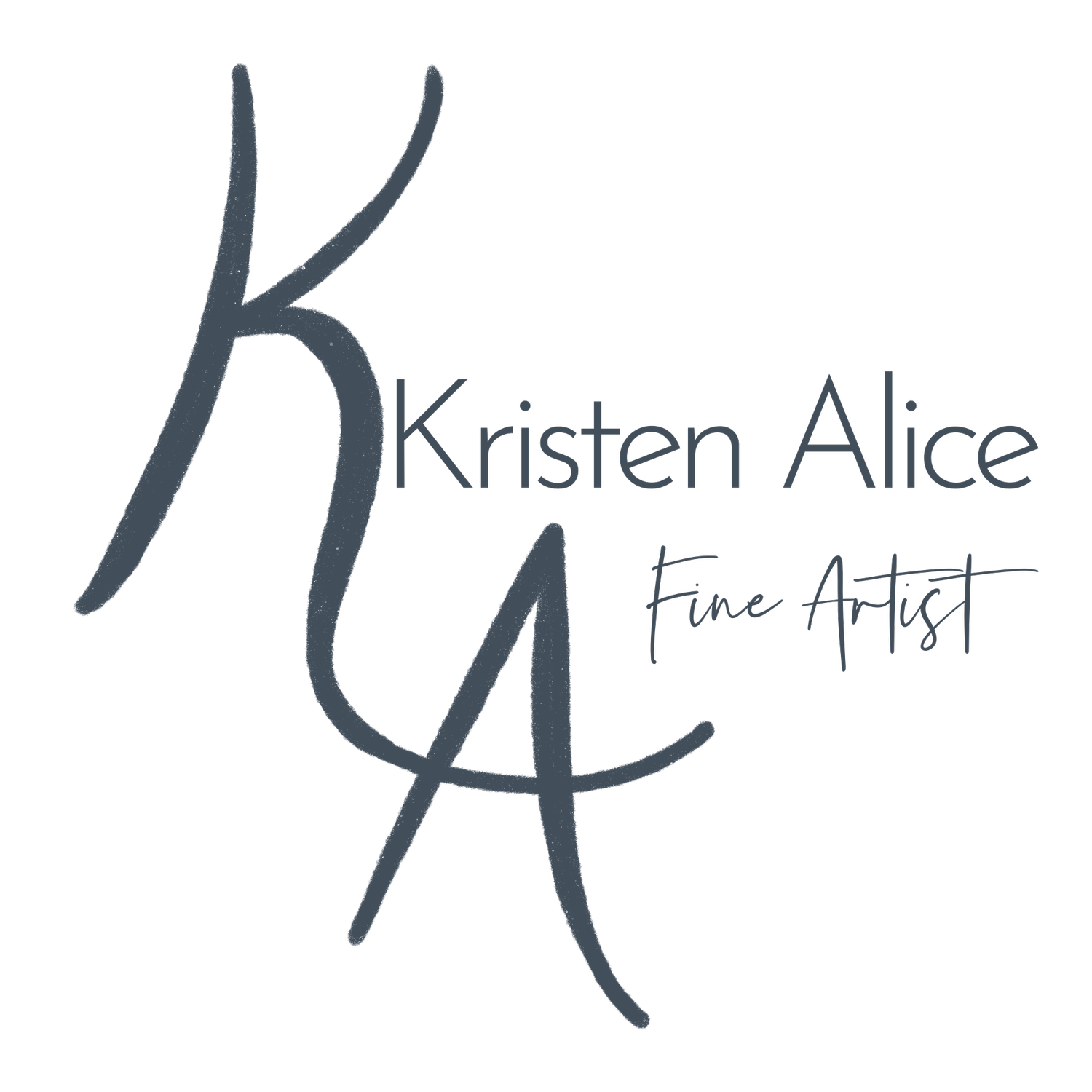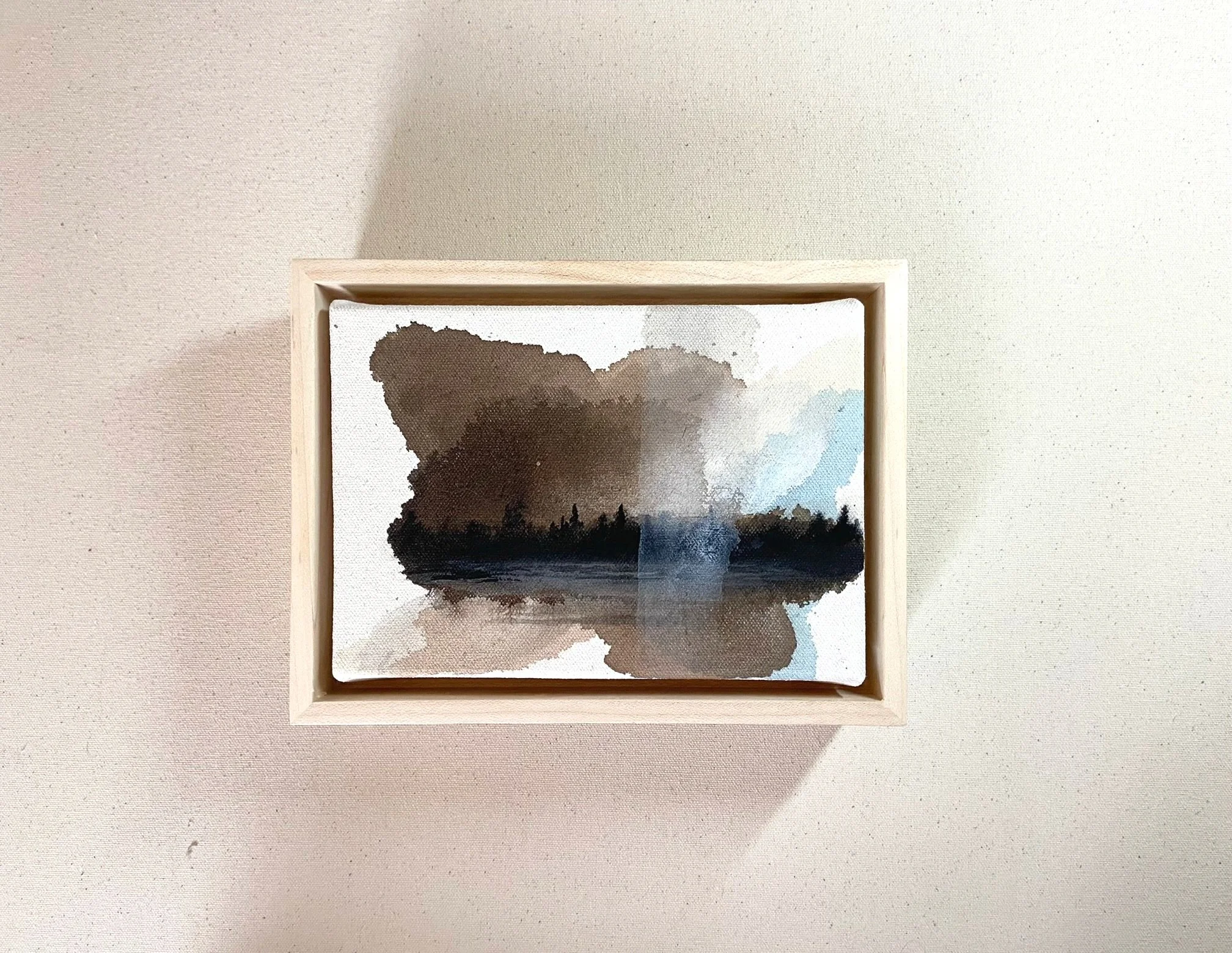Part of the Process - Studies
Why Studies Are Important
Beginning my process with studies is an essential part of the development of a piece, particularly when it comes to composition. The composition is the arrangement of elements within a work of art, and it is crucial to creating a successful piece that captures the viewer’s attention and communicates the intended message.
Taking the time to create studies allows me to experiment with different compositions without committing to a final piece. The freedom to explore different arrangements of elements, such as the placement of objects or figures within a scene can help me develop a better understanding of how the composition affects the overall feel and impacts my work.
I generally create my studies on leftover canvas that I stretch on small stretcher frames or on cold press watercolor paper. I do this, so I can pick out my favorites, frame or mat them, then make them available to collect.
Composition is just as important in abstract art as it is in any other form of art. Abstract art is a visual language that communicates ideas and emotions through non-representational forms, colors, and textures. While abstract art may not depict recognizable objects, it still relies on composition to create a visual impact and convey meaning to the viewer.
A well-composed abstract piece can achieve balance and harmony, draw the viewer's attention to a focal point, create a sense of movement and energy, and tie the different elements of the artwork together. By using composition effectively, I can communicate my ideas and emotions through non-representational forms, colors, and textures.
Choosing the right color palette is crucial in any art form. I consider the mood or emotion I’m hoping to convey. I often look to nature as a source of inspiration when it comes to choosing colors. Nature provides a wide range of color combinations.
I always look back to color theory, which is the study of how colors interact with each other, to help me choose colors that are harmonious with one another. I will also consider the context in which my artwork will be viewed.
Most importantly, I make sure to experiment and play. I remind myself to not be afraid to experiment with different color combinations and see what works best for my collection. Choosing a color palette is a creative process, and there’s no right or wrong answer.
I use these studies to help me learn how to balance the elements within a composition. By exploring different arrangements of colors, values, and textures, I can learn how to create a visual balance that captures the viewer’s attention and conveys the message behind each piece.
If you are looking for a more detailed explanation, videos, and to ask any questions, follow along on Instagram or Pinterest.









